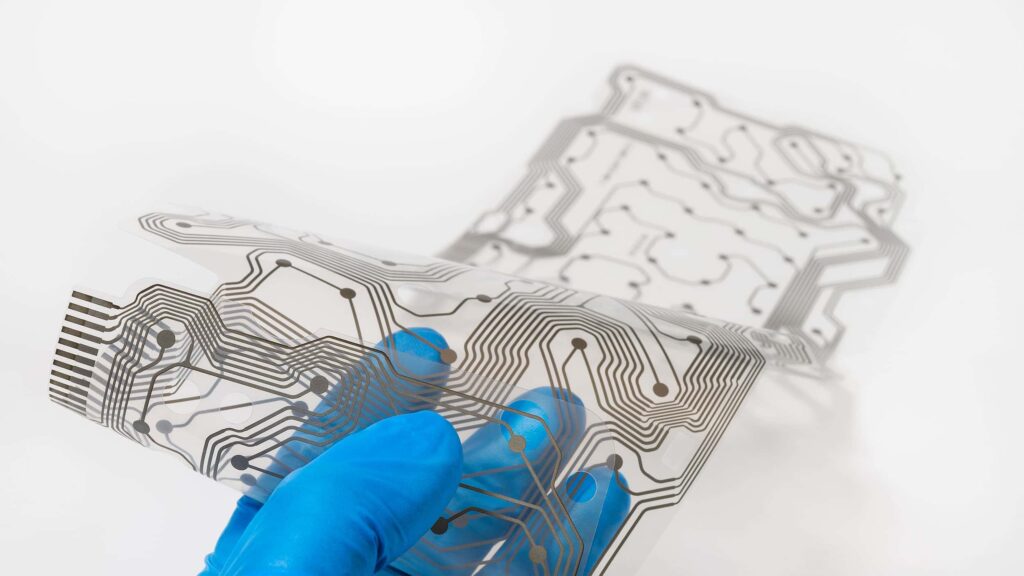In the realm of modern technology, the marriage of traditional industries with cutting-edge innovations has paved the way for groundbreaking advancements. One such transformative area is the application of printed electronics in various industrial sectors. Printed electronics is a versatile and cost-effective technology that involves the use of printable materials to create electronic devices and components. In this article, we will explore the diverse industrial applications of printed electronics and the potential it holds to revolutionize manufacturing processes and product design.
Smart Packaging and Labels
Printed electronics has found a significant foothold in the realm of smart packaging and labels. These intelligent labels can go beyond traditional barcode information and incorporate sensors, temperature indicators, and even RFID (Radio-Frequency Identification) capabilities. Smart packaging and labels enable real-time monitoring of products, ensuring product authenticity, tracking supply chains, and enhancing consumer engagement. Industries such as food and beverage, pharmaceuticals, and logistics have embraced smart packaging to improve efficiency, reduce waste, and enhance consumer safety.
Flexible Displays and Lighting
The emergence of flexible displays and lighting is another compelling application of printed electronics. Unlike traditional rigid displays, printed electronics allow for the creation of lightweight, bendable, and even rollable screens. These displays find applications in wearable devices, electronic textiles, signage, and automotive interiors, offering design flexibility and enhanced user experience. Additionally, printed OLED (Organic Light Emitting Diodes) technology has led to the development of thin, energy-efficient, and vivid displays, revolutionizing the visual landscape of various industries. Learn more to get about advanced metals.
Internet of Things (IoT) and Sensors
Printed electronics plays a vital role in the development of IoT devices and sensor networks. IoT devices, such as environmental sensors, health monitors, and smart home devices, rely on compact and low-power electronics. Printed electronics offer a cost-effective and scalable solution for producing these sensors, making IoT implementation more accessible across industries. These sensors can monitor and collect data in real-time, enabling predictive maintenance, enhancing automation, and optimizing resource management in industrial settings.
Energy Harvesting and Storage
The integration of printed electronics in energy harvesting and storage systems presents new opportunities for sustainability and renewable energy. Printed solar cells and batteries can be seamlessly incorporated into building materials, clothing, and even consumer products, allowing them to generate and store energy autonomously. This opens avenues for self-powered wearables, smart buildings, and IoT devices that can operate off-grid or in remote locations, reducing the reliance on conventional power sources.

Automotive Electronics
The automotive industry has embraced printed electronics for various applications, including automotive displays, lighting, sensors, and advanced driver-assistance systems (ADAS). By using printed electronics, car manufacturers can reduce the weight and complexity of electronic components, improving fuel efficiency and reducing production costs. Additionally, the flexible nature of printed electronics allows for curved or contoured displays and lighting elements, enhancing both aesthetics and functionality in automotive design.
Conclusion
The convergence of industrial applications with printed electronics marks a transformative era in technology and manufacturing. From smart packaging and flexible displays to IoT sensors and energy harvesting, printed electronics has revolutionized traditional industries, enabling them to embrace new levels of innovation, efficiency, and sustainability. As advancements continue to drive the adoption of printed electronics, businesses across diverse sectors have the opportunity to reimagine their products, processes, and consumer experiences. With the potential to enhance automation, enable IoT connectivity, and optimize resource management, printed electronics is poised to shape the future of industries and create a more connected and technologically advanced world.
